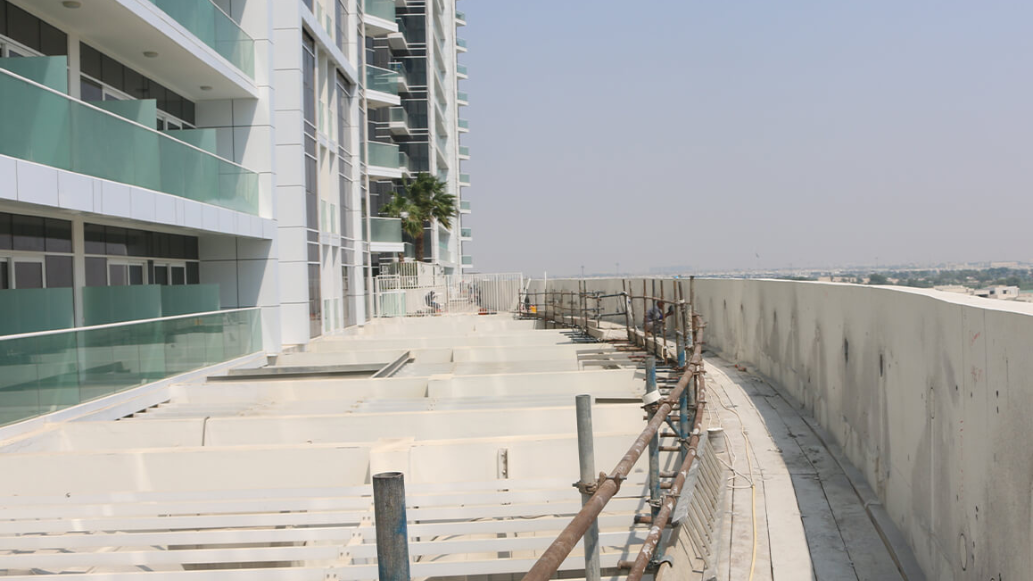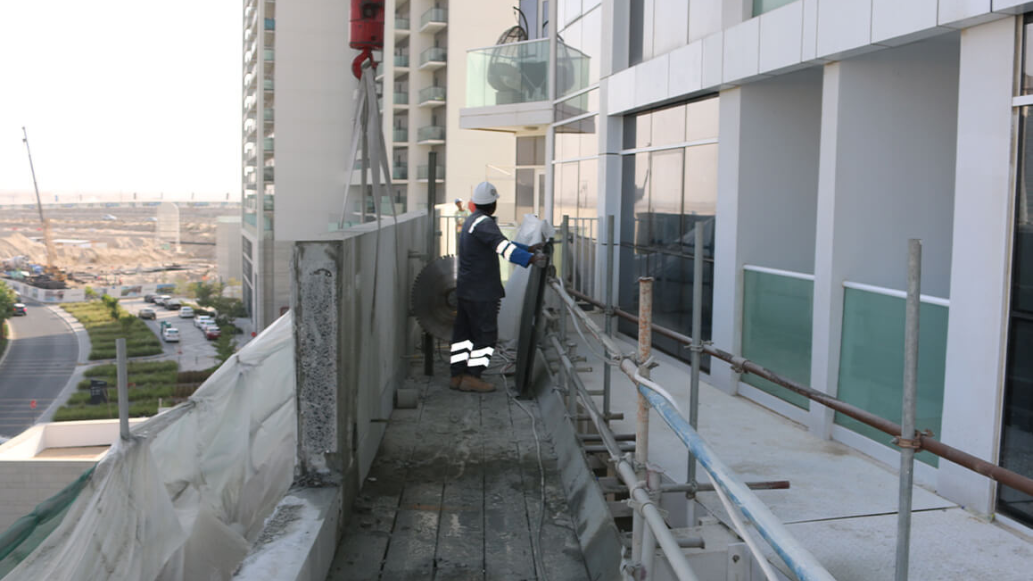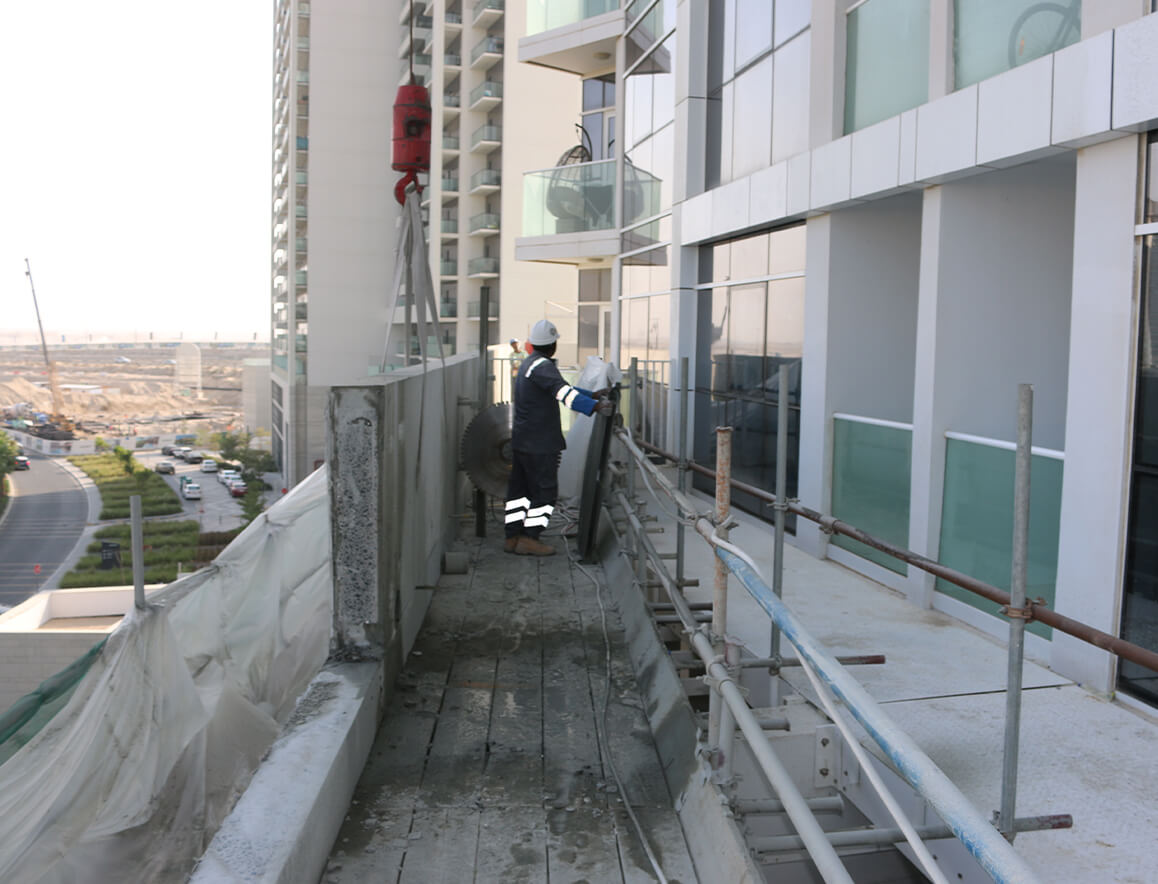 Share
Share


Common Mistakes In Post-Tension Locking – How To Avoid Them - Often post-tensioning errors lead to cracks in the building. This is a very common cause of mistakes after stress. But there are many types of cracks. For example, plastic shrinkage concrete cracks, expansion concrete cracks, filling concrete cracks, concrete cracks repair, concrete cracks due to overloading of a slab, concrete cracks due to premature drying, etc. Some of our mistakes can be the reason behind their appearance. Here we'll talk about them and learn about common mistakes in post-tension locking – how to avoid them.
A post-tension slab is a method of foundation construction that is used to strengthen the building. The use of this method started from very ancient times. It was used in the poor soil conditions found mostly in the Gulf Coast region.
But now it is used everywhere in making small and big buildings so that the building can withstand disasters and not collapse. In this, the tendons are tensioned after the concrete has hardened and the prestressing force is transferred to the concrete primarily through the end anchorage. Along with its benefits, it can also have many disadvantages. This can happen after our mistakes.
Mistakes happen in whatever work we do, but mistakes should not be made in construction work because mistakes made during building construction can put human life in danger. The foundation of the building should be such that it can withstand disasters and not collapse. Therefore, we will talk about some precautions which we have to take during post-tension.
Whenever we do the construction work of any building, the most important thing is to prepare good mortar which contains sand, gravel, and cement. When these are mixed, the amount of water in it should be correct. If too much water is added then the masala does not last and after drying it develops cracks and its life is not enough to last for years, hence while adding water to the masala, keep in mind its quantity.
Whenever we construct a building we need an abundant amount of sand, gravel, and cement which can be used in making mortar. But many times there is a shortage of one item and the workers just want to complete the work, due to which they are unable to fulfill that shortage, when the slab dries, deficiencies start appearing in it. That's why this happens. There is no need to rush, do not allow mistakes but measure everything and use it only after checking its quality.
It is a steel element such as wire, cable, bar, rod, or strand that is used to exert pressure on concrete when the element is tensioned. Therefore, when you do not use it, it does not exert pressure on the concrete, due to which the mortar does not compact completely, due to which it does not stick together and becomes hollow when dry. That's why you should use it.
Before starting any work, it is important to gather information about it. Similarly, before constructing a building, the land should be surveyed so that the soil present there can be tested. Before laying the foundation, the first task is to survey. There are many types of soil, and the soil of that place may be marshy due to which the building may sink later.
When you are making a slab, the cable inserted inside it must be complete. Pull them properly so that they are completely utilized and no corner is left out. Do not forget that it will be beneficial if the cable is longer. Only after this add masala on it and then let the slab dry thoroughly. When cables are not laid properly, they are unable to provide strength to the slab, resulting in cracks.
After laying the cable, we often do not lock it. Keep in mind that the cables should not touch the floor, place them slightly higher and then check carefully whether it is locked properly or not. Do not leave it loose at any place. Lock or weld it so that it can keep the slab strong. Then add spices to it.
When the masala becomes solid after drying, it is irrigated so that moisture does not come into it. If you do not wet it from time to time, it may crack due to moisture. Is. For this reason, irrigation becomes necessary.

Here we understood what is post-tension in construction and what mistakes we often make while doing it. We looked at some of the mistakes. We hope you have understood the information given in this article. Thank you very much for giving your precious time.
Answer 1. If the post-tensioner fails, it can lead to cracks in the concrete and collapse of the building, which will be a major loss that can endanger human life and even lead to loss of life.
Answer 2. Cracks can be a major reason for this, which can cause problems. The cables laid in concrete cannot be pulled and kept for a few days, due to which cracks appear.
Answer 3. Some common cracks can be found in all buildings where post-tension has been used in the last few decades, which indicates that the cracks are not detrimental to their structural behavior.
Answer 4. These can break due to knots in the steel strands and incorrect fixed-end seating of the wedges. They can also break due to excessive stretching during post-tensioning.
